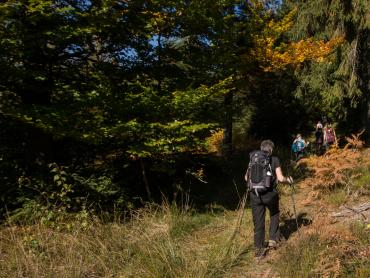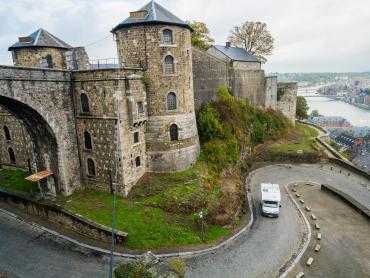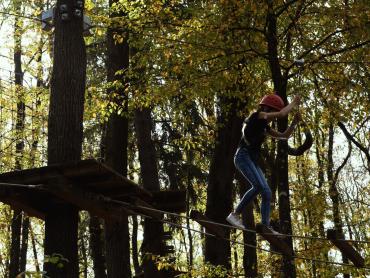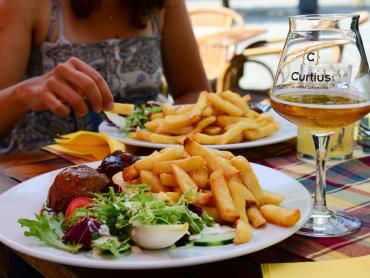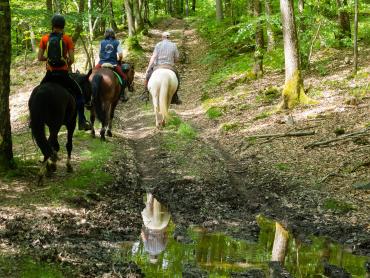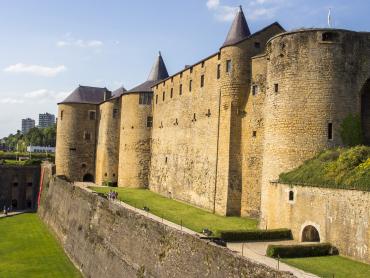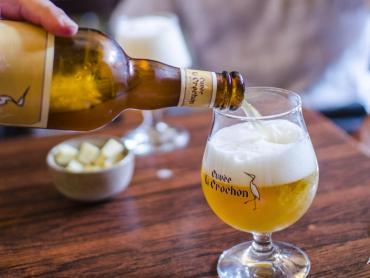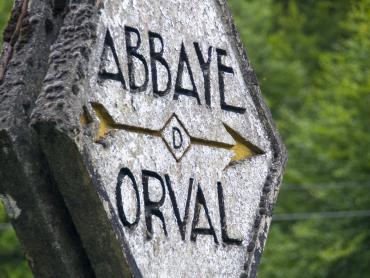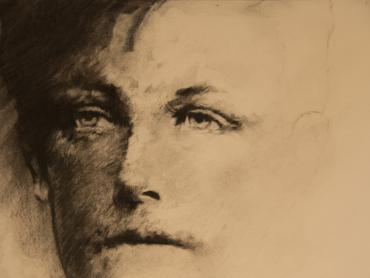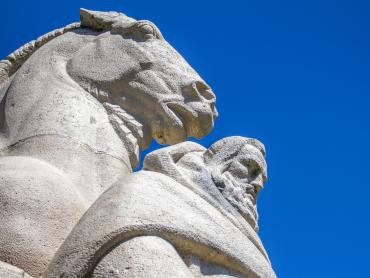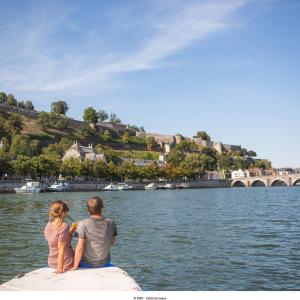Hastière (Hastière )
Magnificent landscapes, fauna and flora off the beaten track and an all-pervading sense of a rich and often sorrowful historic past.
At many points in Hastière, the Meuse presents a face that remains well preserved along the Belgian stretch of the river, where you can still feel in tune with the current of the water, in a natural, rural setting rich in plant and animal species, many of which are protected. This natural setting is dotted with charming villages.
The Meuse is happy and safeguarded, invigorating and historical, delightful and delicious, young and beautiful. A serene reflection of its deep forests. A poem of its calm waters flowing through a heroic and fascinating history.
À Hastière
A - Mooring station Voir sur la carte
The docking is located opposite the abbey, on the left bank, between 4670 and 4715 cumulative.
No services on place but in the city you will find several shops, banks, pharmacies and a post office.
À Hastière
B - Hastiere : The Romanesque abbey church Voir sur la carte

In the 11th century Irish monks settled on the banks of the Meuse and founded a Benedictine monastery there. This expanded over the centuries, encountering success and rivalries.
Built in 1033-1035 in the Mosan Romanesque architectural style, the abbey church was part of this abbey, established at its side until the 18th century. The Romanesque apse was demolished between 1260 and 1264 and a Gothic chancel with a remarkable ribbed vault was added to the abbey church.
Part of the monastery was burnt down by the Huguenots in 1568 and it was totally destroyed by the Revolutionaries in 1793. Restored in the 19th century, the abbey church is now one of the finest monuments of Romanesque art in Belgium. It symbolises faith, history and the vicissitudes of men.
Visitors will discover prestigious testimonies of history, including examples of Romanesque and Gothic art, stalls with misericords dating from 1443, wall paintings, tombstones, an outstanding statuary (Romanesque Virgin, sculptures by Lambert Lombart, 16th-century Calvary, triptych by Auguste Donnay) and even contemporary works of art, such as a Vietnamese Stations of the Cross.
But what really makes an impression is the richness of the crypt beneath the altar: Merovingian sarcophaguses, 12th-century graffiti, ancient reliquaries and many other remnants of the old abbey make visitors aware of its past and its roots.
Today every stone, every architectural element, every sculptured object evokes a particular view of the world and of mankind.
Route de Blaimont (face au n° 1) - Rue Moussia (face au n° 150)
5541 Hastière
Tel : 0032(0) 82 64 46 22
Web : http://www.patrimoinehastiere.be
À Hastière
C - The Hastière House of Heritage Voir sur la carte
A visit to this “workshop of the local memory” reveals around thirty professions represented by a wide range of tools and objects, mainly from the 19th and 20th centuries.
All these old items bear witness to a past that was ingenious but also laborious. They were created by men and women with their hands, their intelligence and their know-how.
In Hastière Museum, the working techniques and tools of times gone by are exhibited in various categories of themed collections: rural life, life on the river and industrial life.
Rue Marcel Lespagne,70
5540 Hastière
Tel : 0032(0) 82 64 46 22
Web : http://www.patrimoinehastiere.be
À Hastière
D - Tourist Voir sur la carte
Office de Tourisme d'Hastière– www.hastière.be and Maison du Tourisme de la Haute Meuse Dinantaise - www.dinant-tourisme.com
